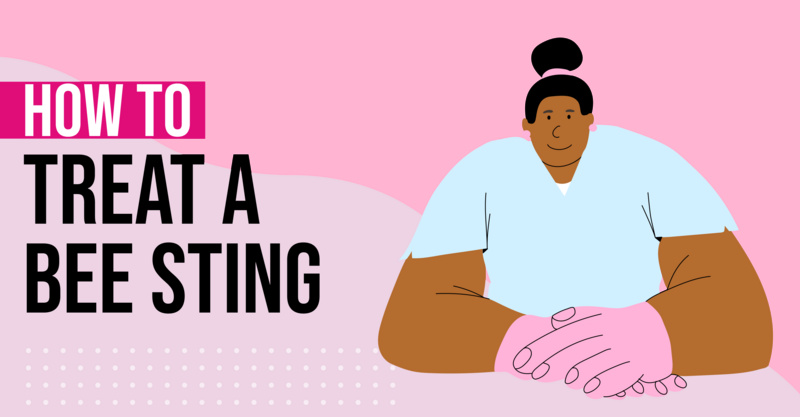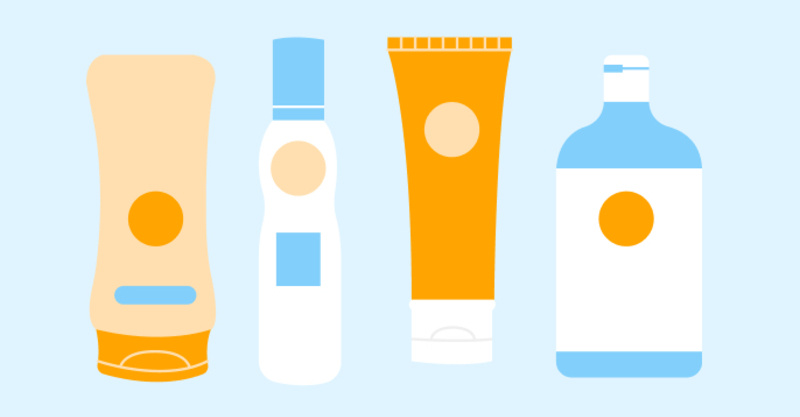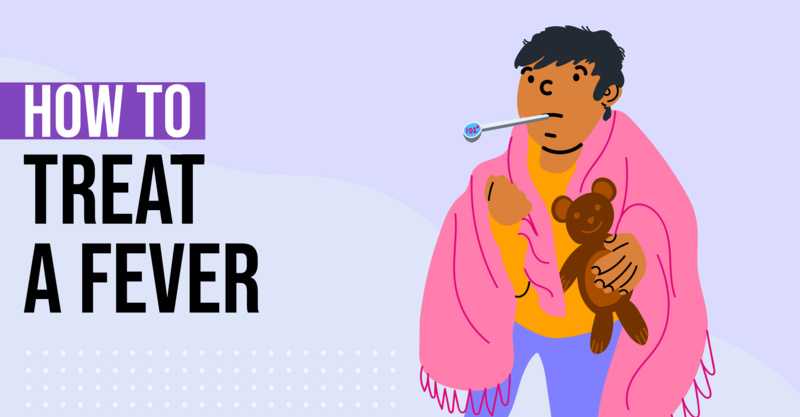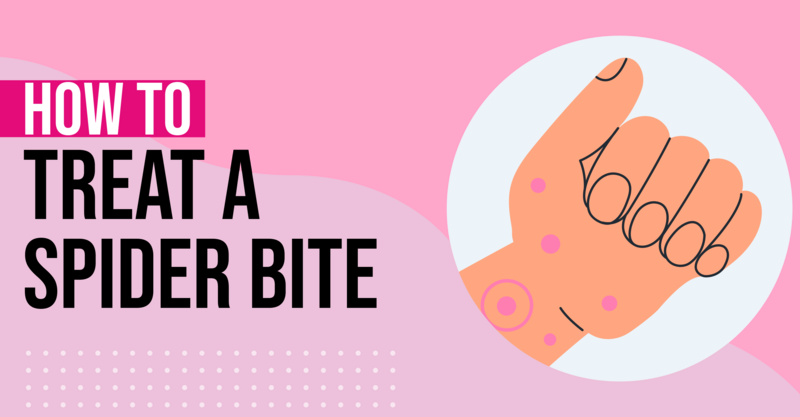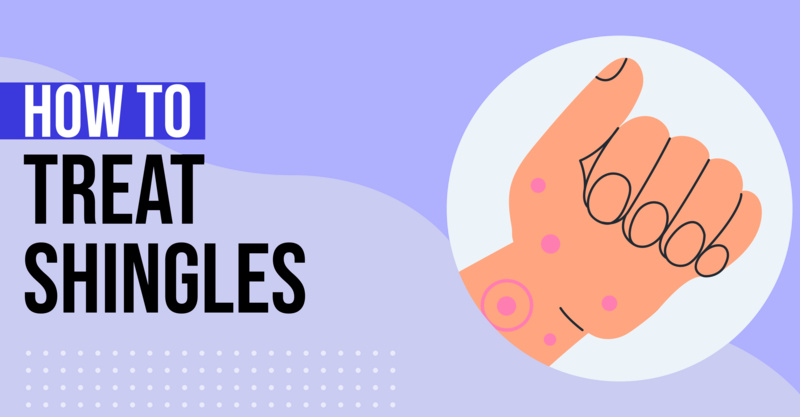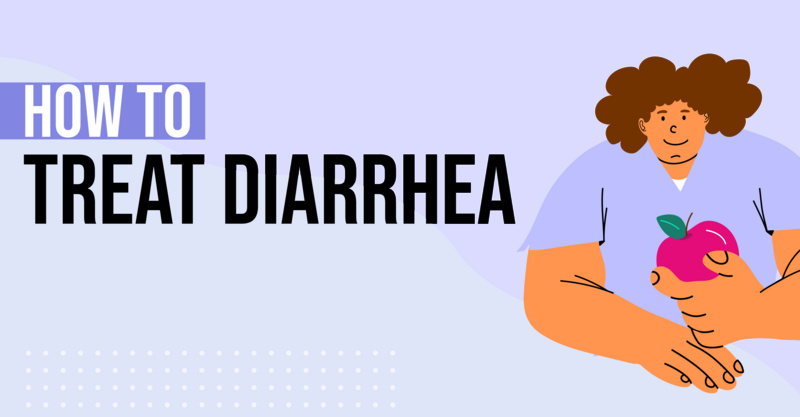Key Points
- Heat rash, or prickly heat, is a skin condition characterized by small, itchy red bumps due to blocked sweat ducts, often in areas where sweat accumulates like the neck, chest, back, groin, and skin folds.
- Factors such as hot or humid weather, prolonged physical activity, tight clothing, certain medications, and having more skin rolls can increase the risk of developing heat rash.
- Home remedies for heat rash include cooling the skin, using oatmeal or baking soda, hydrocortisone cream or calamine lotion, antihistamines, Epsom salt, aloe vera, and sandalwood.
- Preventing heat rash involves keeping prone areas clean and dry, using fans or air conditioning, and using unscented powders to absorb sweat.
- If heat rash worsens or doesn't improve after a few days of home treatment, or if there are symptoms like fluid oozing from the skin, increased pain, skin swelling, fever, sore throat, body aches, or other flu-like symptoms, medical attention should be sought.
Heat rash (sometimes called “prickly heat”) is a common skin condition that occurs when sweat ducts become blocked and cause a rash to form, according to the Mayo Clinic. Heat rash typically appears as small, itchy red bumps on the skin. These bumps may be accompanied by a prickling or stinging sensation (hence the nickname “prickly heat”).
Although this rash can occur anywhere on the body it is most commonly found in areas where sweat accumulates—such as the neck, chest, back, groin, and folds of the skin. There are some things that may increase your risk of developing heat rash, according to the Mayo Clinic. These include:
- Being in hot or humid weather
- Prolonged physical activity
- Wearing tight clothing
- Taking certain medications like those used to treat high blood pressure
- Infants or people who are overweight, as they both usually have more skin rolls
In some (rare) cases, heat rash may be more severe and can lead to the development of blisters or pustules, according to the Mayo Clinic. However, in most cases, heat rash is not a serious condition. It can be very uncomfortable and even interfere with your activities. Thankfully, there are several home remedies that you can try that can help alleviate the symptoms of heat rash.
Home Remedies for Heat Rash
1. Cold Compress, Cool Bath, or Cool Shower
One of the first things you should do when you notice a heat rash is to cool the affected area. You can do this by taking a cool shower or bath, or by applying a cold compress to the affected area. Cooling the skin will help stop sweating, reduce inflammation, and soothe the itchiness, according to Healthline.
2. Oatmeal or Baking Soda
Both oatmeal and baking soda can have soothing effects on skin rashes. Adding 1/2 cup of either one (not both at the same time) to your bath can help relieve itching and discomfort, according to Healthline.
3. Hydrocortisone Cream or Calamine Lotion
Heat rash, like many other rashes, can be itchy. Healthline recommends trying hydrocortisone cream or calamine lotion to help reduce itching.
4. Antihistamines
If itching still persists after a soothing bath and steroid cream, Healthline recommends that you try taking an antihistamine. This may also help reduce inflammation and redness.
5. Epsom Salt
Healthline notes that Epsom salt has a wide range of suggested health benefits, especially when it comes to soothing skin irritation. They recommend putting 1 to 2 cups of Epsom salt into a lukewarm bath for heat rash.
6. Aloe Vera
Once your acute symptoms are under control, there's more you can do to help heal your rash. Aloe vera is one thing you can try to help soothe and heal your rash, according to Healthline.
7. Sandalwood
Sandalwood powder can be mixed with water to make a paste that may reduce pain and inflammation associated with heat rash, according to Healthline. They recommend using a 2 to 1 ratio of sandalwood powder and water to make a paste.
Preventing Heat Rash
1. Keep Areas Prone to Heat Rash Clean and Dry
Since blocked sweat pores are the cause of heat rash, it is important to keep areas that are prone to heat rash clean and dry, according to the Mayo Clinic. You can do this with daily baths or showers, and careful drying afterwards. Using a hair dryer on a cool setting or fan can help you dry hard-to-reach areas.
2. Use Fans or Air Conditioning to Stay Cool
Sweating increases your risk of heat rash, so staying cool is important in preventing heat rash. Use fans or air conditioning if you can. Staying in shaded areas and taking breaks if you are doing physical activity can also help, according to the Mayo Clinic.
3. Use Unscented Powders to Absorb Sweat
Powders like baby powder or talcum powder can help absorb sweat, thus helping you stay dry, according to Healthline. They note that you should avoid using products that contain fragrances, as they can irritate the skin.
When to Get Medical Attention for Heat Rash
If your heat rash does not improve or gets worse after a few days of home treatment, you may need to seek medical attention, according to Healthline. Here are some other signs that they say indicate you should see a doctor:
- White or yellowish fluid oozing from the skin
- Increased pain
- Swelling of the skin
- Fever, sore throat, body aches, or other flu-like symptoms
Recap of Key Points
Heat rash is a common skin condition that often occurs in areas of the body where sweat accumulates in the folds of the skin. According to Healthline, there are several things you can do to avoid heat rash, including:
- Keep yourself cool and dry
- Wear loose-fitting clothing made of breathable fabrics
- Avoid tight clothing that can trap moisture against your skin
- Use a fan or air conditioning to keep your living space cool
- Use unscented powders in the folds of your skin where heat rash is most likely to occur
If you do find yourself dealing with a case of heat rash, try the following remedies:
- Use a cold compress or cool bath to cool down
- Try adding oatmeal, baking soda, or Epsom salt to your bath to soothe your rash
- Use hydrocortisone cream or calamine lotion for itching
- If symptoms persist or worsen, seek medical attention
Frequently asked questions
What causes heat rash?
Heat rash is caused by blocked sweat ducts which result in small, itchy red bumps on the skin.What factors increase the risk of developing heat rash?
Factors such as hot or humid weather, prolonged physical activity, tight clothing, certain medications, and having more skin rolls can increase the risk of developing heat rash.What are some home remedies for heat rash?
Home remedies include cooling the skin with a cold compress, cool bath or shower, using oatmeal or baking soda, hydrocortisone cream or calamine lotion, antihistamines, Epsom salt, aloe vera, and sandalwood.How can I prevent heat rash?
Prevention methods include keeping prone areas clean and dry, using fans or air conditioning, and using unscented powders to absorb sweat.When should I seek medical attention for heat rash?
You should seek medical attention if your heat rash worsens or doesn't improve after a few days of home treatment, or if there are symptoms like fluid oozing from the skin, increased pain, skin swelling, fever, sore throat, body aches, or other flu-like symptoms.Is heat rash a serious condition?
No, heat rash is usually not serious, but it can be uncomfortable and interfere with daily activities.Can certain medications cause heat rash?
Yes, certain medications can increase the risk of developing heat rash.What areas of the body are most prone to heat rash?
Areas where sweat accumulates such as the neck, chest, back, groin, and skin folds are most prone to heat rash.
Solv has strict sourcing guidelines and relies on peer-reviewed studies, academic research institutions, and medical associations. We avoid using tertiary references.


 LinkedIn
LinkedIn

